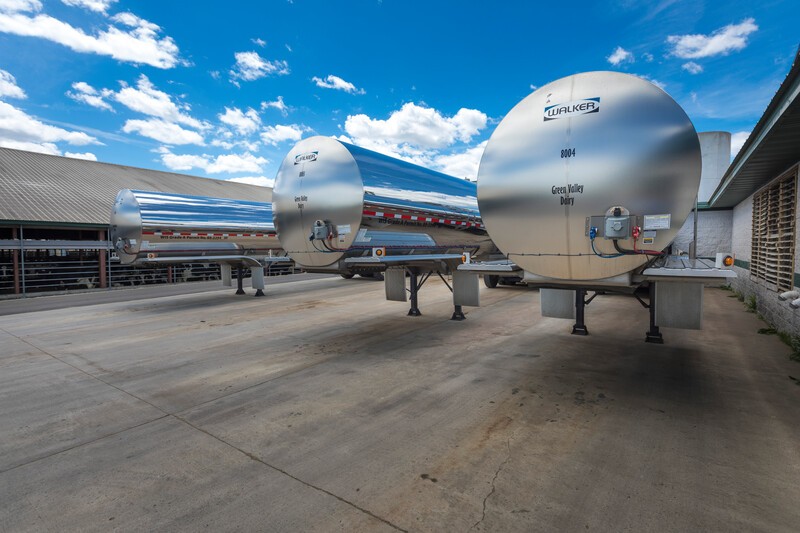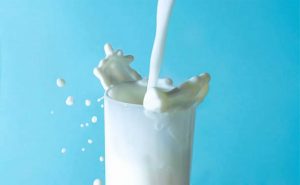Mark Stephenson, Director of Dairy Policy at the University of Wisconsin, and Jim Mulhern, president and CEO of the National Milk Producers Federation, spoke on an hour-long Dairy Signal podcast late last week sponsored by the Professional Dairy Producers of Wisconsin.
Stephenson pointed out that probably a tenth of that all-milk milk price will come from COVID-19 assistance from the Federal Government. The Coronavirus Financial Assistance Program (CFAP) will provide about $1.55/cwt of direct payments to dairy farmers, and the United States Department of Agriculture’s (USDA) Food Box program which purchased cheese and butter, helped drive commodity markets higher.
The Dairy Margin Coverage Program (DMC) will add another 66₵/cwt in payments. Not included in the estimate is another 40 to 50₵/cwt in Dairy Revenue Protection payments that farmers who enrolled in that program have already received in the first and second quarters of 2020.
Mulhern notes that through mid-May, USDA’s Food Box program purchased $317 million of dairy products. He expects that by September 30th, the end of the government’s fiscal year, USDA will have purchased close to a $1 billion in dairy products.
He also says about 22,000 dairy farmers have already received $1.3 billion direct CFAP payments, with perhaps another $700 million to come. The $1.3 billion figure represents 80% of what producers are to receive, with USDA holding 20% in reserve to ensure there was enough money in the program for all who applied. USDA has announced that it will release that additional 20% by the end of August.
And there may be even more help on the way. Both the Senate and House bills that are currently in Congress have more dairy assistance in them. “Both have direct payments [to producers] for losses incurred in the second quarter of 2020,” Mulhern says. And this was the period of the most severe losses. The House bill also contains more dairy purchases, and NMPF is lobbying to get dairy purchases in the Senate version as well. “Hopefully, we can get that done in August, but it may come in a more piecemeal fashion,” he says.
Both Stephenson and Mulhern warn that the pandemic is far from over. How it plays out over the fall and winter and when a vaccine is widely available will have a significant impact on dairy markets and milk prices.
“We’re not through this danger until there is a vaccine that is widely available. We need to be prepared for many, many months and into the first and second quarters of next year,” Mulhern says.
The good news is that milk production has not been building. “What we don’t need is milk production to build up in response to this market recovery,” he says. “Because again, it is not fully market demand but demand assisted by these government programs [that is currently fueling markets].”













